
When I think about the connection between art and optimism, the first person who comes to mind is Leonardo da Vinci.
I’ve been reading about Leonardo for decades—including Walter Isaacson’s outstanding 2017 biography—and in 1994 I bought one of the notebooks, known as the Codex Leicester, in which Leonardo recorded his thoughts and sketched out ideas.
What does a Renaissance artist have to do with optimism? For me, the connection is innovation. I feel optimistic about the future because I know that advances in human knowledge have improved life for billions of people, and I am confident they will keep doing so. And although I am no art expert, everything I have learned about Leonardo leads me to believe he was one of the most innovative thinkers ever.
Today of course Leonardo is most famous for paintings like the Mona Lisa and the Last Supper. But in his mind, Leonardo was not primarily a painter. He thought of himself as an engineer first. In a letter to the ruler of Milan listing his strengths, sent in the early 1480s, Leonardo mentioned 10 different skills—designing bridges, tunnels, chariots, and catapults, for example—before adding at the end that he could also paint.
Leonardo was an insatiable learner. He studied everything he could see: the flow of water, the way smoke rises through the air, how a woodpecker uses its tongue. And he had insights that were ahead of his time. He developed a theory about the working of a certain heart valve that researchers only verified a few decades ago. He was the first person to correctly explain why you can see light between the two points of a crescent moon, the phenomenon we now call earthshine.
Scientific inquiries like these were essential to his art. He was able to give the Mona Lisa that mysterious look on her face because he had studied all the muscles involved in smiling. In the Last Supper, he could make the perspective lines work flawlessly because he had spent countless hours understanding how our eyes perceive objects at a distance. By examining his surroundings so closely, Leonardo was able to develop new techniques that advanced his field and portrayed the world in a way no one had ever seen before. In other words, he was an innovator.
In my own work today, I get to connect with brilliant people who have this same spirit. When I meet with scientists to discuss inventing new vaccines, for example, I see in them a similar passion for learning about the world and turning their knowledge into big breakthroughs that make our lives better. That, more than anything, is the root of my optimism.
By BILL GATES February 7, 2019 IDEAS
See the 2019 Optimists issue, guest-edited by Ava DuVernay.































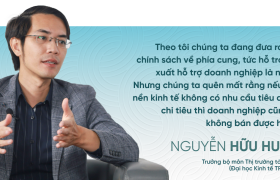

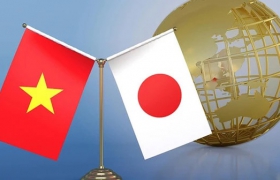
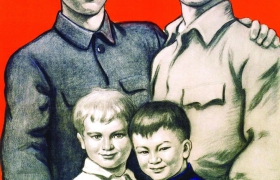









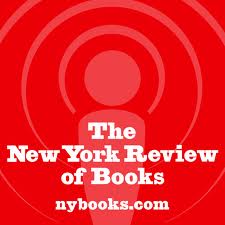


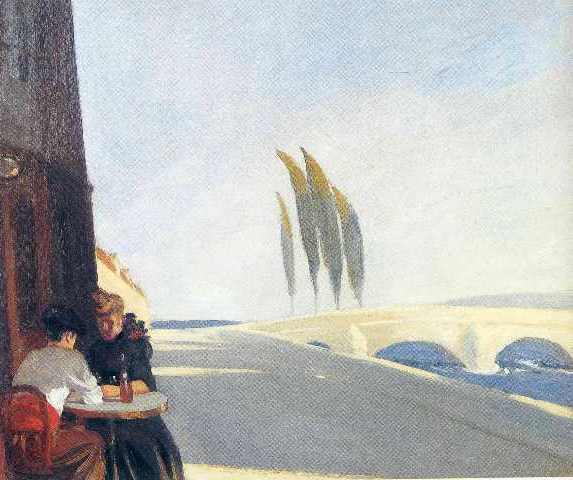



 Yahoo:
Yahoo: 